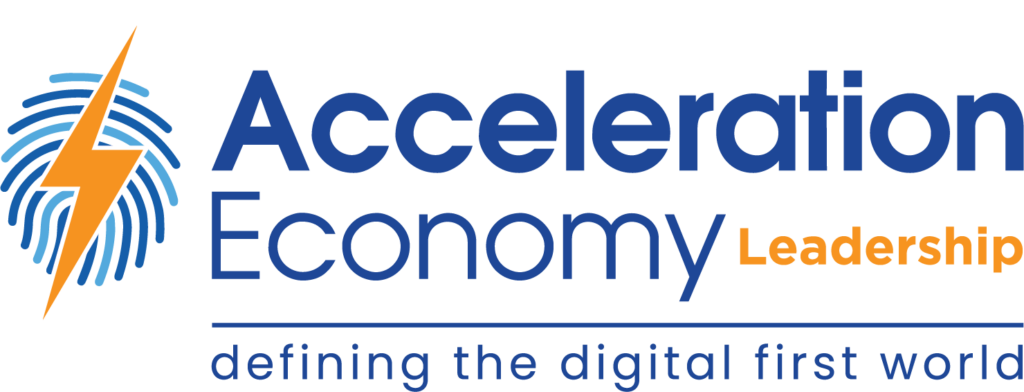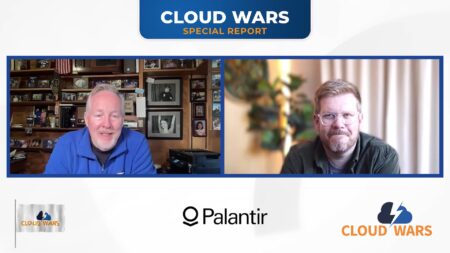The supply chain taught us something these past two years: risk management in relationships matters to your customer experience (CX) and your business bottom line. Those risks are not just related to price, terms, credit, and cybersecurity—the traditional approaches used by procurement.
In the interconnected world we all live, work, and play in, they go far beyond these metrics and venture into what could be called an interconnected culture of collective risk that spans all elements of a business. After all, no enterprise works in a silo without partnerships to complete their goods, offers, or services.
Further, ‘going it alone’ isn’t even a viable strategic approach in most firms and industries that rely on a robust ecosystem play to ensure the best use of their core assets and achievement of their business plan. Yet, despite this reality, many firms have not truly evolved their approach to managing the risk that comes with all these business relationships. They are still stagnated in the past command and control procurement view of suppliers vs. the forward-thinking culture of the thriving ecosystem as a strategic and competitive advantage that also creates some manageable risks.
The Risk Management Shift
Let’s use supply chain management as an example of the risk management shift that is needed to best leverage growth while limiting risks.
At its most basic level, supply chain management is the management of the flow of goods and services. It includes all processes that transform raw materials into final products. To have an effective supply chain, most firms take the position of streamlining their supply-side activities to maximize customer value and gain a competitive advantage in the marketplace.
In the past, they didn’t see their supply chain providers as creative and strategic growth partners. Rather, they viewed them as purveyors of goods and services to achieve their business plan. Until 2020, most risk management solutions in the supply chain industry centered only around visibility and cybersecurity risk management as well as pricing and contract terms. The standard process for the relationship applied and these firms assumed they were effectively managing their relationship and their risk—but they weren’t.
The Impact of the Pandemic on the Supply Chain
When Covid-19 happened, followed by an economic boom and severe inflation, the supply chain failed to hold up and has yet to recover in most industries. This situation is now providing the enterprise a unique opportunity to rethink its supply chain relationship. Additionally, it provides an opportunity to create a new way to manage risks effectively when using a highly distributed global network of relationships.
While risk management solutions have centered around visibility in the past, it’s clear now that we need to shift our focus to collaboration and relationship building throughout the supply chain to best reduce our relationship risks in the future.
Understanding Relationships to Limit Risks
In our new world, when bringing on a supply chain relationship, the enterprise will need to work with multiple departments within the relationship. This includes non-natural groups involving product design or strategy.
Because as a firm, you want to manage risk, you can’t simply work any longer with only the supplier of the good or service you are procuring. You have to dive deeper than that. You have to work across the partner’s organization to understand their business strategy and risks for the future. Only by doing that, will you have a full picture of what the partnership needs to become to limit your risks.
Next, a successful partnering enterprise will work on communications with these partners. How will they communicate? What is important to communicate? Again, this goes beyond the old-school approach of scorecards or delivery metrics. It pertains to more strategic communication.
An example in the supply chain industry might be employee turnover and hiring risks. If a trucking company trend has a decline in drivers and higher than normal turnover, this will impact your bottom line. A smart enterprise may have had that on their scorecard to ensure driver availability as a ‘rear view metric’.
Using artificial intelligence, we might see things earlier, such as the combination of a 100bps decline in recent employee survey results, an uptick in distracted driver metrics, and an uptick in driver late or missed days. Together, this would be a leading indicator of a problem brewing.
Those are the things good relationships center on and use to eliminate risks before they happen. For relationships, the reality is that anything we can do to bring stakeholders in both firms, as well as avoid risks using real data and predictive analytics, pays dividends, in the end. Yet, too few companies practice in this manner.
Avoiding Silos in the Future
Sure, many enterprises will boast about their executive sponsorship programs or supplier management practices, but these won’t help a firm truly manage risk. They just look good on a PowerPoint presentation about the enterprise’s supplier program.
Instead, if an enterprise fundamentally looked at what worked and what didn’t during the recent crisis, they would see that, in the supply chain (and most other relationships), it broke down because of silos between the organizations in a crisis created, in large part, by a lack of sharing of data and trends.
How do you avoid those silos in the future? You first must believe in a common truth which is that you are not just willing to work together; you are driving towards a culture of collaborative, strategic vision and response with external partners, using all the data available to both parties in an open and collaborative environment.
The Culture Shift
This culture shift requires you, as an enterprise working with your partners, to clearly communicate both short- and long-term business strategies. It requires you to establish what risks you each face as organizations, due to these plans. Then, determine how you propose to manage and mitigate them together.
Let’s use another supply chain example: lean inventory levels—something that came back to hurt many firms during the crisis. Most enterprises have a contingency line item in their budget for short-term emergency airfreight that is used in the uncommon event of ocean or rail freight disruptions that could result in stockouts or cessation of production lines. While this would seem to be a cost of keeping inventories low, in most recent years, this line item has become more frequent and thus, less justified as a strategic way for a business to manage a partnership.
Perhaps, the enterprise would be advised to stop taking such a reactive approach to managing inventory levels. Rather, it could have a collaborative business approach to solving the disruption that uses predictive technology, like AI and deep data. This would help in finding more creative ways to fund and invest in the relationship. It could also enable you to eliminate the need for these emergency costs altogether.
This risk management approach would better prepare both firms to respond to problems before they occur, due to leading indicators noted by the data trends rather than having to take a short-term costly and defensive posture of managing supply chain challenges as they occur.
This takes that culture of a collaborative business and makes it work. Although, its potential to limit risks is demonstrably higher than other legacy approaches to partnerships. This is something everyone should consider when looking to limit risks and drive the upside via partnerships in the future.
Want more tech insights for the top execs? Visit the Leadership channel:







